Of the Axon mounds represents the point of origin of the axon. This is where the formation of the action potential takes place, which is passed on via the axon to the presynaptic endbutton. The action potential is formed in the axon mound from the sum of individual specific stimuli and must reach a certain threshold value for stimulus transmission.
What is the axon mound
The axon mound serves as the starting point for the transmission of the action potential. It represents the central control center for postsynaptic stimuli. Initially, the action potential is built up by adding up the individual postsynaptic signals that were picked up by the dendrites of the nerve cell.
If this potential reaches a certain threshold value, it is passed on via the axons to the presynaptic terminal button or retrograde via the soma to the dendrites. Stimuli that do not reach the threshold value in total are excluded from the impulse transmission and no longer serve the perception. The axon hill does not yet belong to the actual axon, but represents its starting point. As it is free of the so-called Nissl clods, it can be easily recognized in the context of the Nissl staining by a lighter color.
Anatomy & structure
Within the nerve cell, the axon mound is found between the soma (cell body) and the axon. Although it does not yet belong to the axon proper, it is considered to be its origin. In addition, it does not contain any ergastoplasm (Nissl substance) and can therefore be recognized very well by its Nissl color, which appears lighter.The axon hill is located directly on the actual cell body (perikaryon).
The subsequent axon is surrounded by lipid-rich cells that electrically isolate it from the environment. These cells are made up of fat-rich myelin and are known as Schwann cells. So-called Ranvier rings interrupt these Schwann cells in regular sections. Due to their different tension, the Ranvier laced rings cause the excitation to be transmitted. At the end of the axon, the electrical stimuli continue to the presynaptic endbones. There the electrical stimulus is converted into a chemical signal.
Neurotransmitters are released into the synaptic cleft. As a result, these neurotransmitters bind again to special receptors located on the dendrites of the next nerve cell. The ion channels on the dendrite are then opened. This leads to a change in voltage, which causes the electrical impulse to be transmitted via the cell body to the next axon hillock. From there, the entire process is repeated again.
Function & tasks
The axon hillock has the function of receiving incoming electrical signals and adding them to the action potential. It is considered to be the central place of summation of exciting and inhibiting postsynaptic potentials. When the threshold value for the action potential is reached, it is directed again via the axon to the presynaptic terminal or via the soma back to the dendrites.
Basically, there is a potential summation at every point in the cell. However, the membranes of dendrites and cell bodies are less excitable than the nerve fibers (axons). Therefore, action potentials are preferably triggered at the origin of the nerve fibers. There is a high density of sodium ion channels that decide whether local synaptic potentials are combined into a forwarded excitation. In this sense, the axon mound plays a crucial role in the selection of signals. Initially, the stimuli are not directed.
The action potentials are directed from the axon hill and forwarded via the nerve fibers from neuron to neuron. Without this control center, the body would be exposed to a stimulus overload that it could no longer cope with. Important signals could no longer be distinguished from unimportant stimuli. So if a stimulus has a more intense effect on the organism, more potential differences develop than with less strong stimuli. As a result, the threshold potential is also reached faster and more often by potential summation for the stronger signals in the axon hillock than for the weaker ones.
You can find your medication here
➔ Medicines for paresthesia and circulatory disordersDiseases
The processes in the axon mound are in the broadest sense also connected with the disturbances in the transmission of stimuli. The causes of these disorders are often not known. The control center of the stimulus transmission itself is rarely the starting point. However, since all electrical impulses are always conducted via the axon hillock, it is an essential part of this malfunction.
Depending on the intensity of incoming electrical excitations, action potentials for transmission are formed there when the threshold value is reached. An oversupply of stimuli can already be responsible for the development of too much action potential and thus lead to excessive demands on stimulus processing. Often there are disturbances in the conversion of electrical impulses to chemical signals and vice versa at the synapses. Causes include missing or excess neurotransmitters, disorders in their binding to receptors or poisoning with neurotransmitter-like substances.
As a result, either too much or too little stimuli are transmitted. The resulting diseases show themselves through a variety of symptoms. Increased stimulus transmission can generally lead to symptoms such as nervousness, restlessness, increased urge to move, attention disorders and many more. An example of this condition is ADHD. If too few stimuli are transmitted, depression often results. If there is a local increase in the transmission of stimuli, such diseases as epilepsy or Tourette's syndrome can develop.
Malfunctions in other organs, such as cardiac arrhythmias, can also be caused by stimulus transmission disorders. The causes of these disorders are mainly to be found in the synapses. The axon mound only plays a role as a control center.
Typical & common nerve diseases
- Nerve pain
- Inflammation of the nerves
- Polyneuropathy
- epilepsy

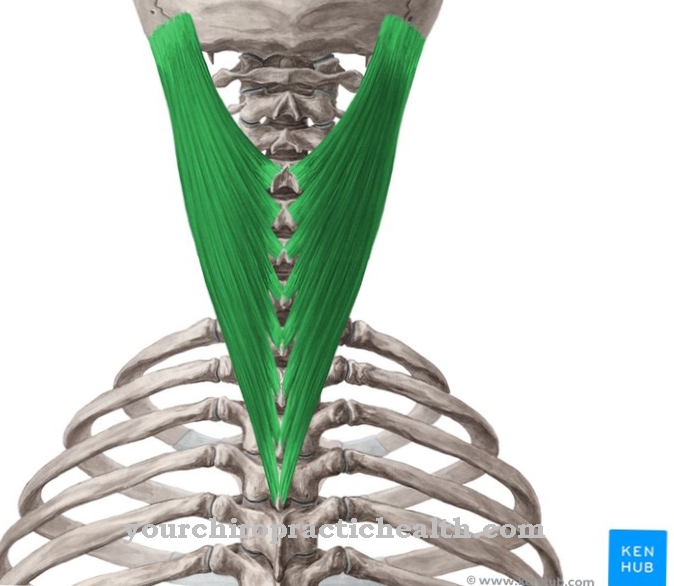
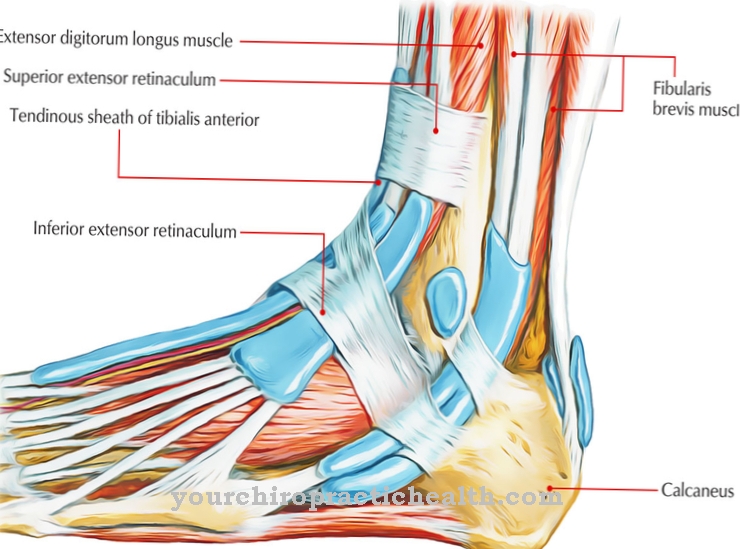
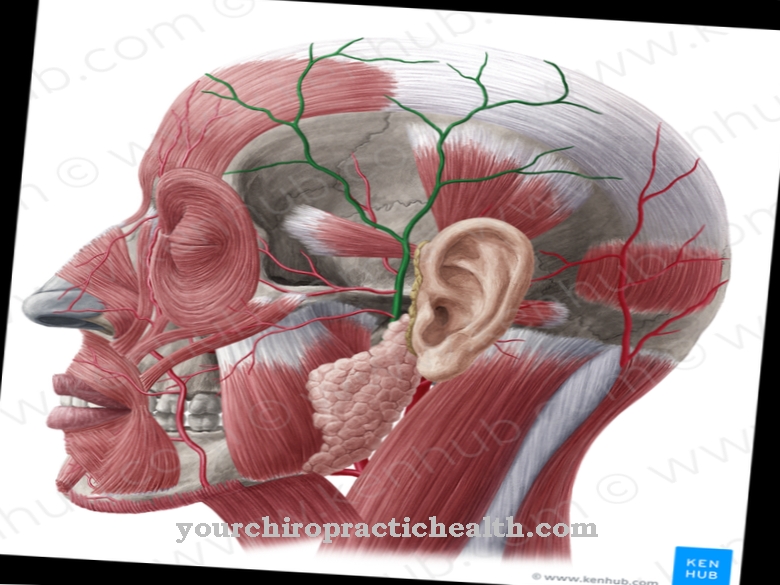
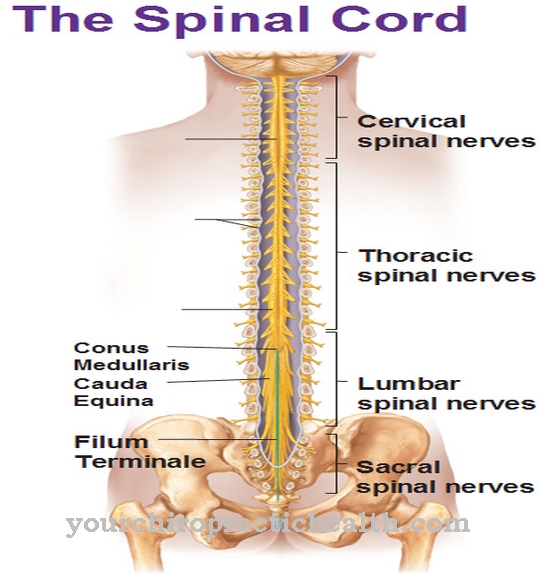
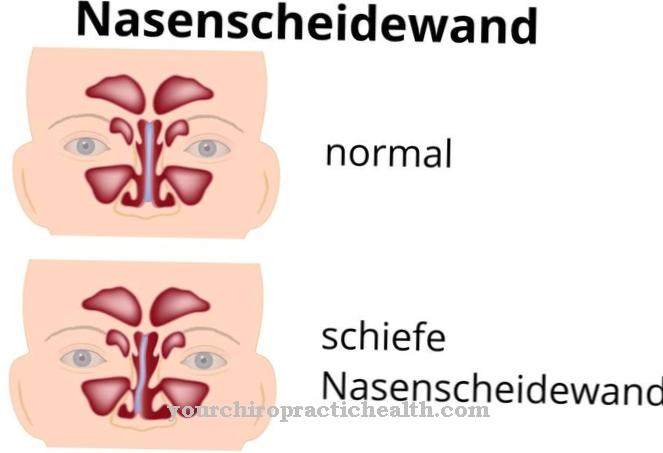
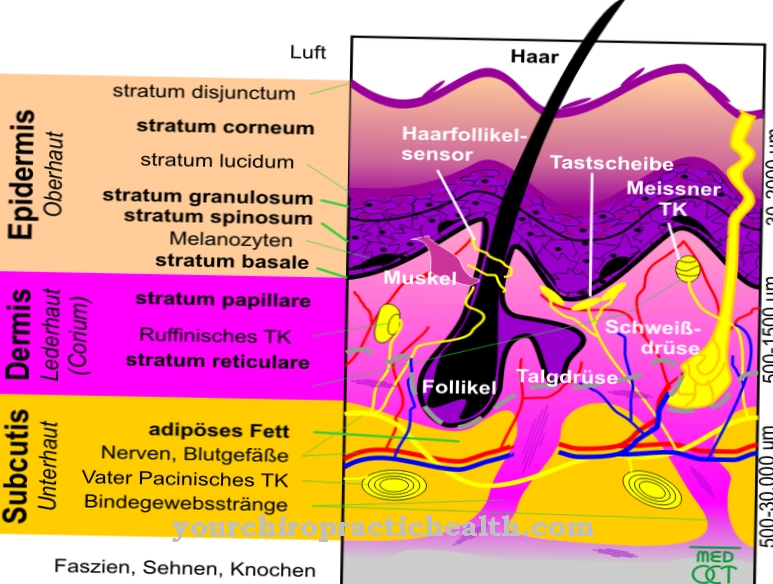






.jpg)

.jpg)
.jpg)











.jpg)